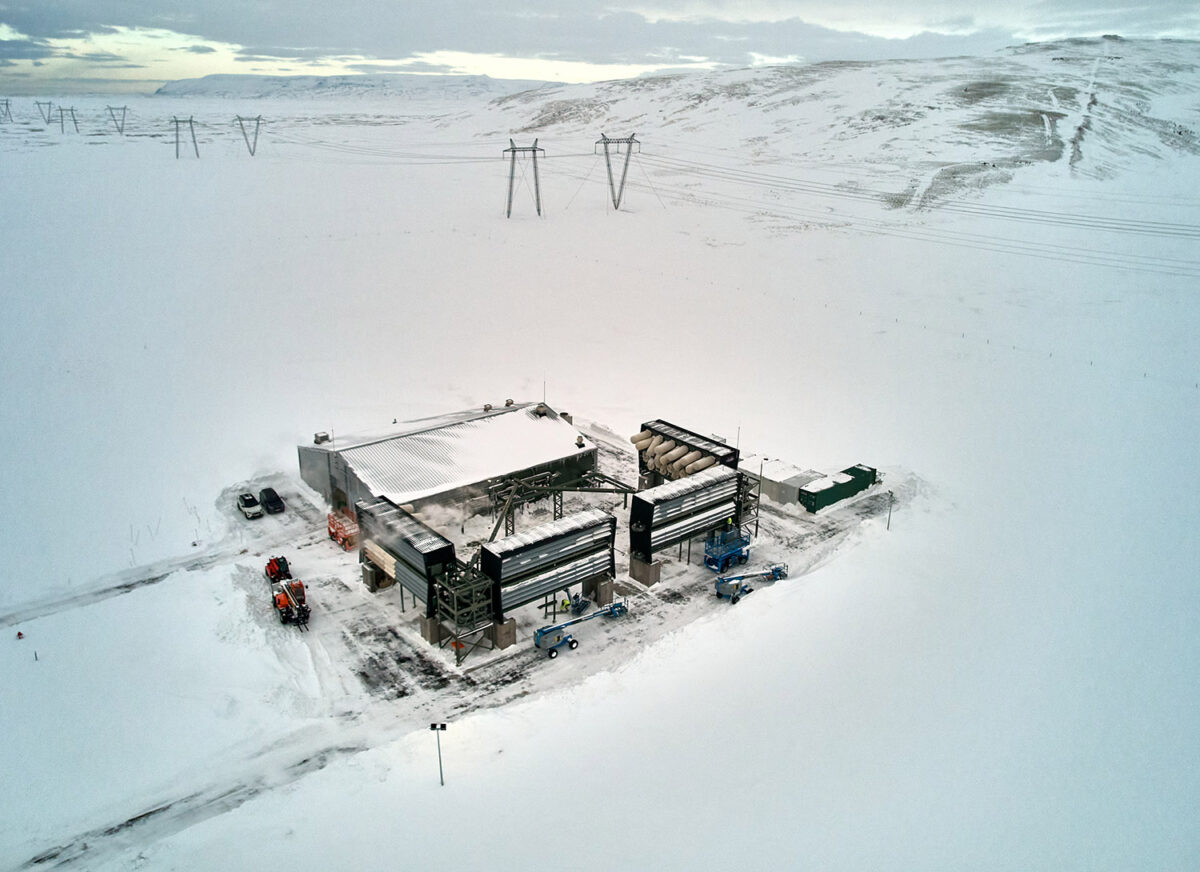CO2 to Rock: Carbfix’s Innovative Carbon Sequestration

Carbfix, an innovative enterprise, spearheads efforts to capture CO2 from the atmosphere and ingeniously converts it into rocks when injected into the ground, contributing to carbon sequestration and mitigating climate change.
The escalating levels of atmospheric carbon dioxide (CO2) threaten our planet’s climate stability and biodiversity. As societies worldwide seek urgent measures to mitigate carbon emissions, innovative solutions for carbon capture and storage (CCS) are imperative. Among these solutions, Carbfix emerges as a pioneering technology, offering a sustainable and efficient approach to carbon sequestration.
You can also read: Microplastics and their Impact on Air-Sea CO2 Exchange
Carbfix harnesses natural geological processes to accelerate carbon removal from the atmosphere. Unlike traditional CCS methods, which rely on complex infrastructure and often face leakage and long-term stability challenges, Carbfix leverages basaltic rocks’ inherent properties. Basalt formations, abundant in certain regions, possess unique chemical characteristics that facilitate the mineralization of CO2.
How does it work?
The Carbfix process begins by dissolving CO2 in water to create a mildly acidic solution. This carbonated water is then injected deep underground into basaltic rock formations. Upon contact with the rocks, the carbonated water initiates a series of chemical reactions, releasing cations such as calcium, magnesium, and iron from the rock matrix. As a result, these cations react with the dissolved CO2, forming stable carbonate minerals like calcite and magnesite.
The resulting carbonate minerals effectively trap the CO2 within the porous structure of the rocks, preventing its release into the atmosphere. In contrast to conventional methods, Carbfix achieves rapid mineralization, as stated on its website, with up to 95% of injected CO2 converting to carbonate minerals within just two years. This accelerated carbon removal process offers a swift and permanent solution to carbon sequestration, mitigating the impacts of climate change.
The Potential of Natural Sequestration
As societies worldwide step up their efforts to combat climate change, innovative solutions for carbon sequestration are increasingly recognized for their essential role in addressing rising CO2 levels. Embracing approaches inspired by nature, which utilize natural geological processes and materials, is crucial for achieving scalable and eco-friendly solutions. These approaches reduce reliance on energy-intensive infrastructure and chemical additives, paving the way for a more sustainable and resilient future. Amid intensified efforts to combat climate change, nature-inspired innovations offer hopeful pathways toward a sustainable future for all generations.
